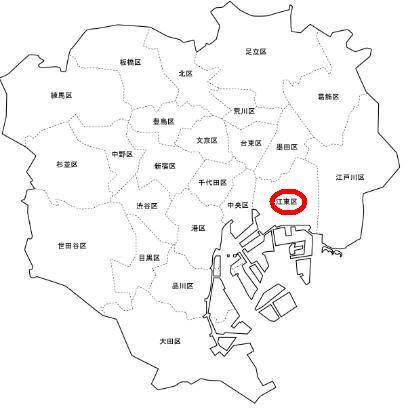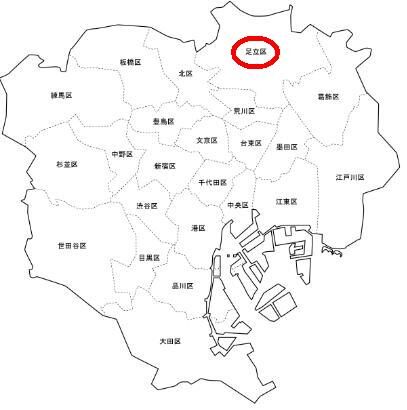Shibuya, the vibrant and eclectic city of Tokyo offers endless amounts of fun for travelers. It’s known as a major shopping hub with impressive sights like Shibuya Crossing, Shinjuku Gyoen Park, Hachiko Statue, and many more.
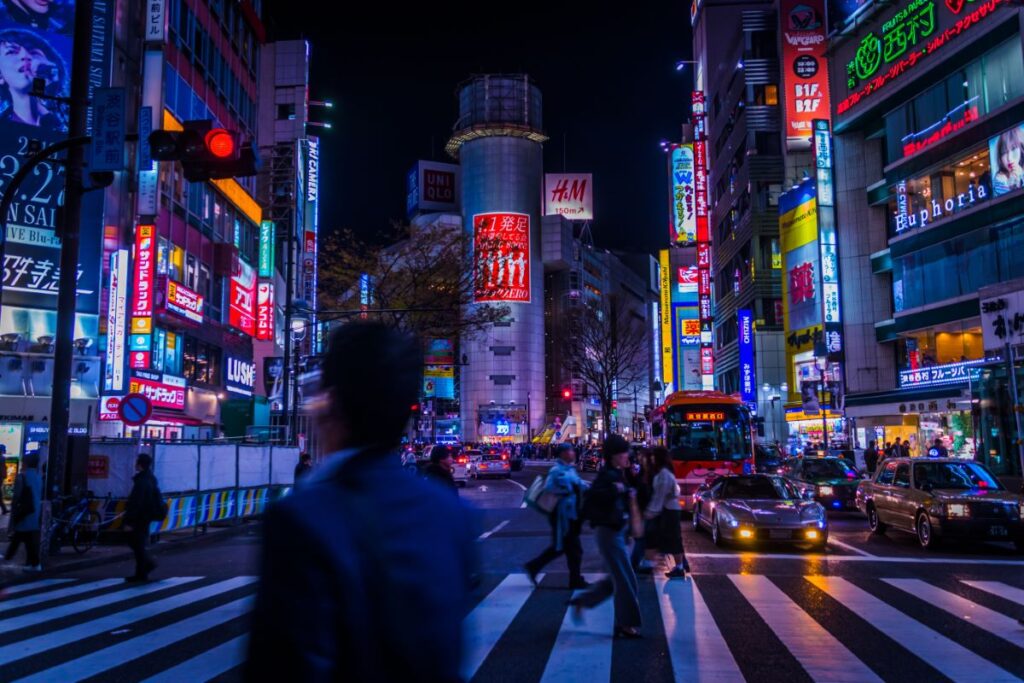
Grab your camera–and maybe an umbrella or two–for this epic adventure through one of Japan’s most beloved cities. From rock stars to robots; exploring hidden alleyways to discovering seafood markets – there are countless activities that will give you an unforgettable experience in Shibuya.
Whether it’s sampling iconic street foods such as Harajuku’s famous crepes or sightseeing at historic shrines & temples – here is our guide containing some information on what we think are the best things to do while visiting amazing Shibuya. Enjoy.
Is Shibuya Worth Visiting?
Absolutely. Shibuya is one of the most exciting destinations to visit in Tokyo. From dizzying neon lights and massive shopping malls to its iconic pedestrian scramble crosswalk—there’s something for all in this bustling city hub.
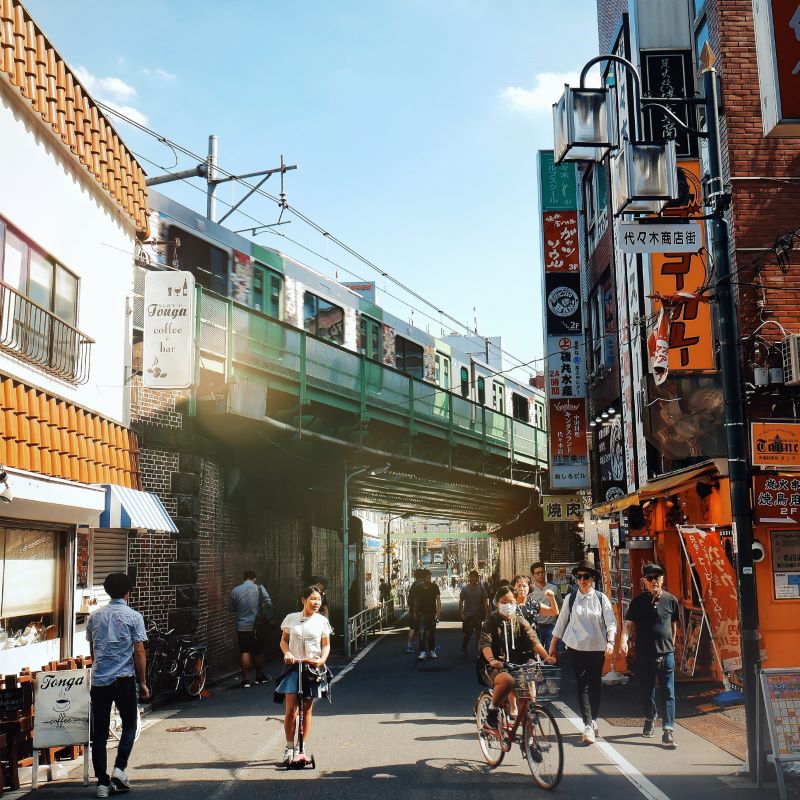
With plenty of restaurants, bars, movie theaters, and arcades there is always something new to explore every time you come back here.
The nightlife scene also adds a unique flavor with an abundance of nightclubs offering delicious food dishes as well as high-end cocktail bars that guarantee fun nights out on the town. Whether it’s just for sightseeing or a complete cultural experience – Shibuya definitely has enough attractions to make your trip worthwhile.
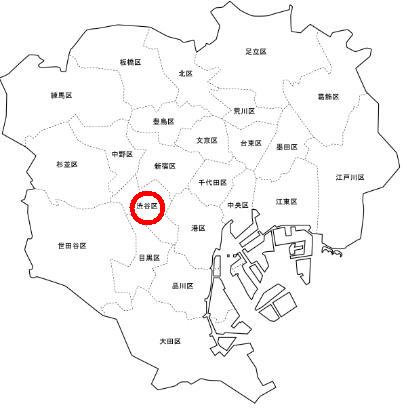
Shibuya Ward is located on the west side of Tokyo’s 23 wards and is referred to as one of the “Five Central Tokyo Wards” along with Chiyoda, Chuo, Minato, and Shinjuku Wards.
Shibuya Ward Sightseeing Spots
The origin of the name “Shibuya” is said to be ? A. The name “Shibuya” was given to the Kawasaki Shigeya family after they captured a bandit named Morikuni Shibuya Gonsuke, a lord of the Heian period.
There are various theories that the river was called the “Shibuya River” because of its high iron content and rusty red color, and that the lowlands in the Shibuya River basin were a valley with a narrow valley.
Meiji Jingu
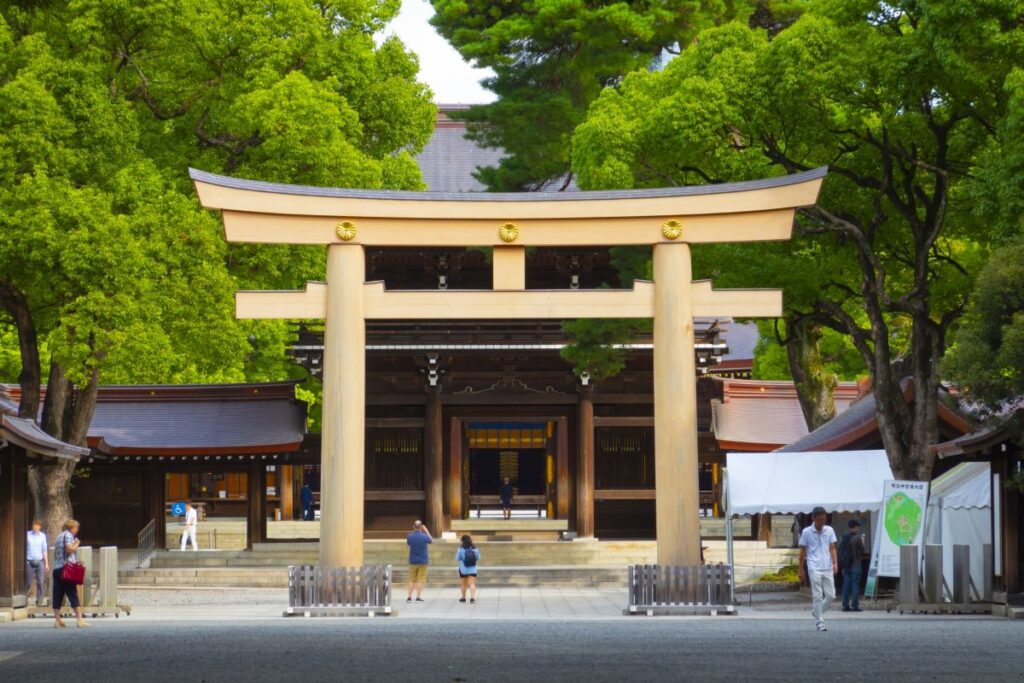
Meiji Jingu is a shrine in Tokyo dedicated to the souls of Emperor Meiji and his Empress Shoken. The shrine features many cultural aspects from traditional Japanese architecture with ornate gates, a five-storied Pagoda, and three inner sanctums set amidst impressive 130-acre gardens.
To reach this magnificent piece of history it’s best to take the JR Yamanote Line train or get off at Harajuku Station and then head southeast for about 10 mins until you see two Torii Gates where the entrance can be found.
Not only entry but also parking services are available here as well. During New Year festivals crowds flock here making it one vibrant affair that one must not miss out on if visiting during such a period.
Hachiko, the loyal dog
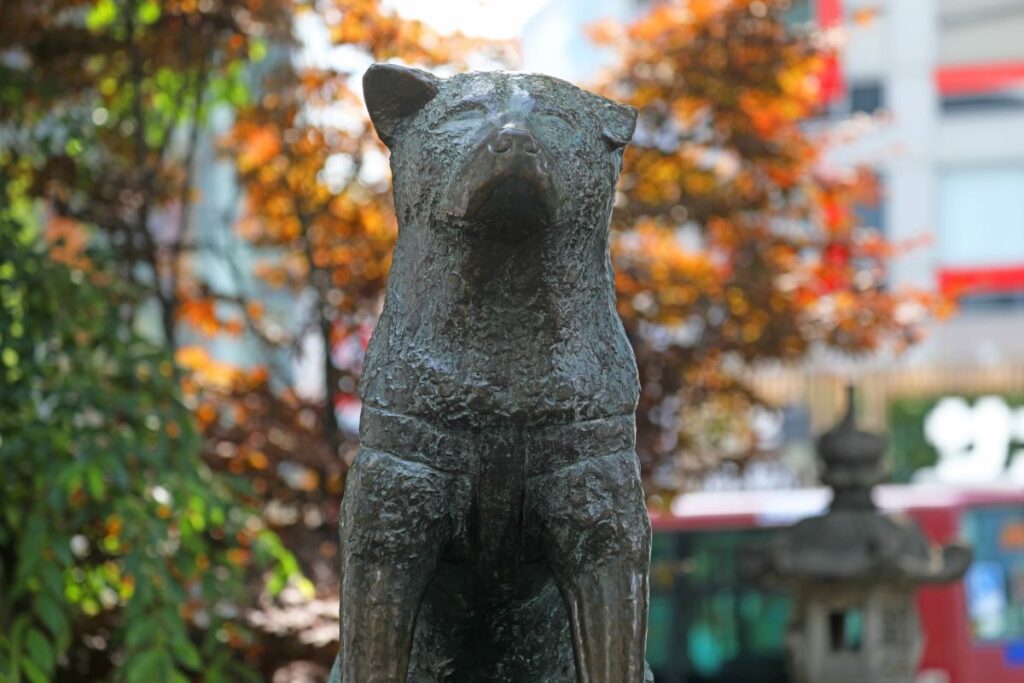
Hachi, an Akita dog, is the symbol of Shibuya Ward and is used in posters in the shopping arcade and the name of the community bus. Hachi is famous for the bronze statue of him standing at the Hachiko exit of Shibuya Station.
Hachiko family reliefs can be seen on the wall by the Hachiko Exit of JR Shibuya Station. It is a design of a family of 20 Akita dogs of various sizes surrounding Hachiko. At night, it is illuminated.
Hachikō was an Akita dog who greeted his master each day at Shibuya Station after work until unfortunately, he passed away from cancer nine years later. The faithful pup continued to wait outside the station every single day for nearly 10 years.
He became such a beloved figure that when locals found out about it they erected bronze statues of him near entrance gates at both locales where Hachi used to greet his owner–Shibuya Station and remember their hero’s unquestionable love & devotion forever
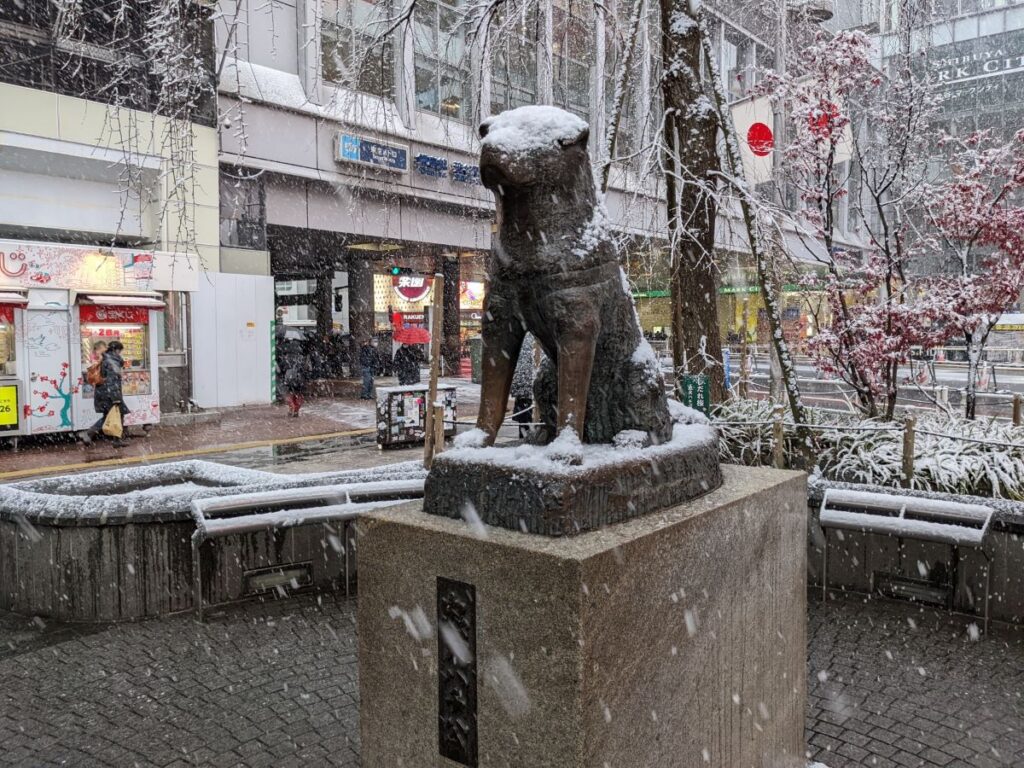
Each year, thousands of people come together on April 8th (Hachi’s birthday) as well as annually throughout October/November to honor this loyal canine with special services attended by members of the family, friends—and even other four-legged admirers.
Location: Shibuya-ku, Tokyo Shibuya Station Hachiko Exit
Shibuya SKY Observation Deck
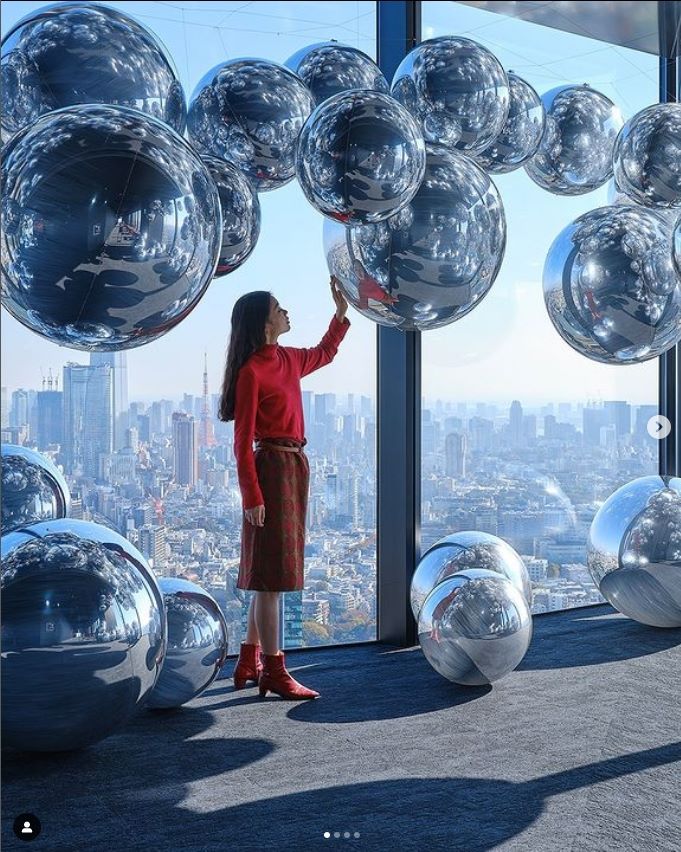
Shibuya SKY Observation Deck offers a breathtaking view of Tokyo and has fast become one of the best observation decks in Tokyo. The observatory is located on the rooftop of Shibuya Scramble Square, one of Japan’s highest skyscrapers.
From here you can look out at iconic landmarks like the Tokyo Tower and Mt Fuji in all its glory. During sunset or nighttime, travelers are treated to an awe-inspiring show as they witness twinkling lights from below that stretch far off into the horizon.
To really make your experience memorable be sure to check out its seasonal illuminations – whether it be snowfall during winter or dazzling fireworks for special occasions.
Shibuya 109
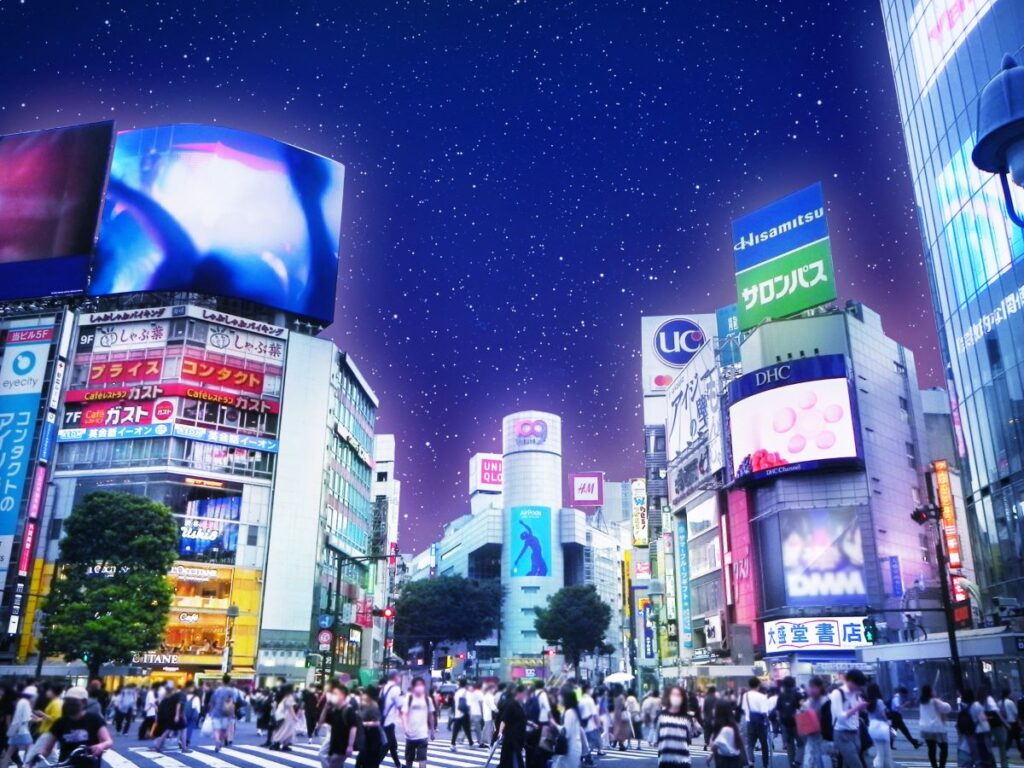
Shibuya 109 is a legendary shopping mall in Tokyo, where the latest trends come to life for young people. It’s an iconic fashion mecca filled with over 100 stores on 10 floors that attract stylish shoppers from all around Japan and beyond.
Many of its shops cater to female customers and specialize in unique styles like punk kawaii or gyaru-kei—youthful looks often characterized by colorful clothing, big accessories, and heavily styled hair. Shopping at Shibuya 109 can be overwhelming but also exhilarating as you navigate through racks of eye-catching garments while popular J-pop music plays overhead.
Plus there are plenty of beauty retailers so you can stock up on makeup too. Whether it’s window browsing or full-blown retail therapy – let your creativity fly at Shibuya109.
Shibuya Scramble
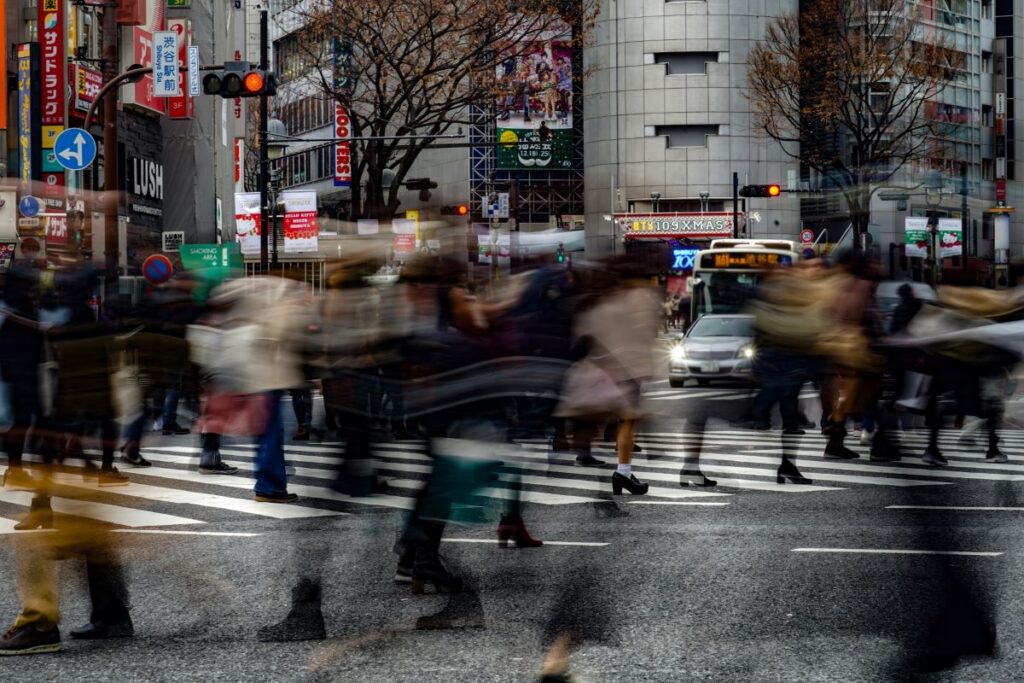
Shibuya crossing is one of the most iconic and busiest places in Tokyo. The intersection between Shuto Expressway Route 3 and National Route 4 has become a symbol for youth culture, fashion, shopping, entertainment, and more.
It’s estimated that 2 million people walk through this famous landmark every day – making it one of the world’s largest pedestrian scrambles with its five super-busy crosswalks.
The scramble even gained global recognition when featured as a setting in films like “Lost In Translation” or used to depict futuristic cities in popular anime series such as “Neon Genesis Evangelion”.
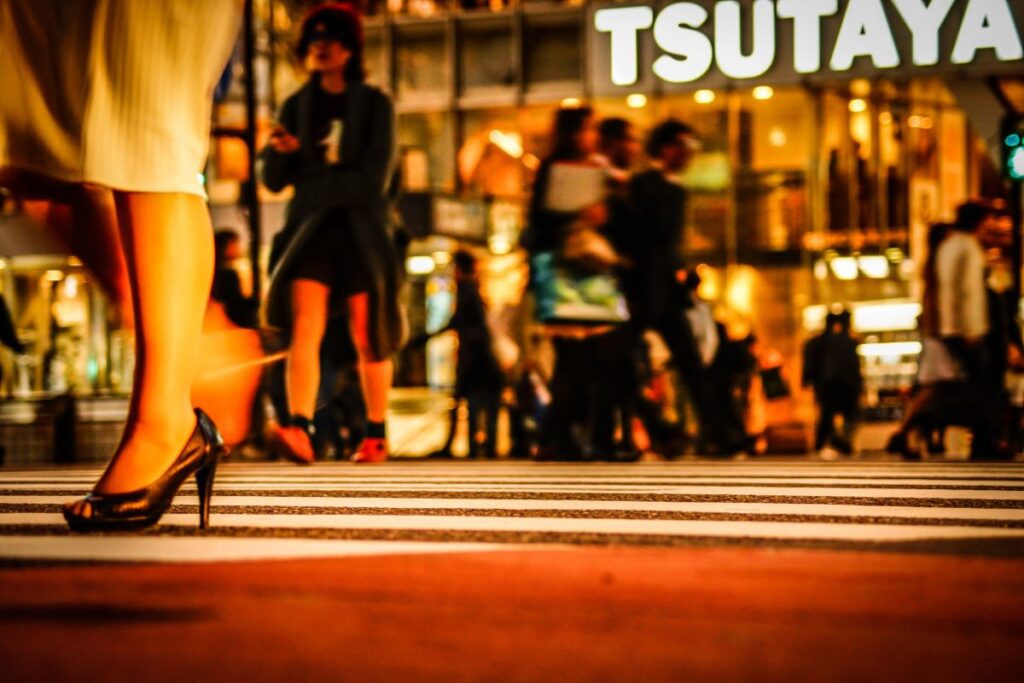
Another interesting feature of this area is the large neon signs high above each street corner – imagine how stunningly beautiful these look at night.
And don’t forget about taking an obligatory selfie with friends at Hachiko Square near the JR station entrance where you’ll find also a statue dedicated to a devoted dog who stayed by his master despite being gone many years ago.
Center Gai
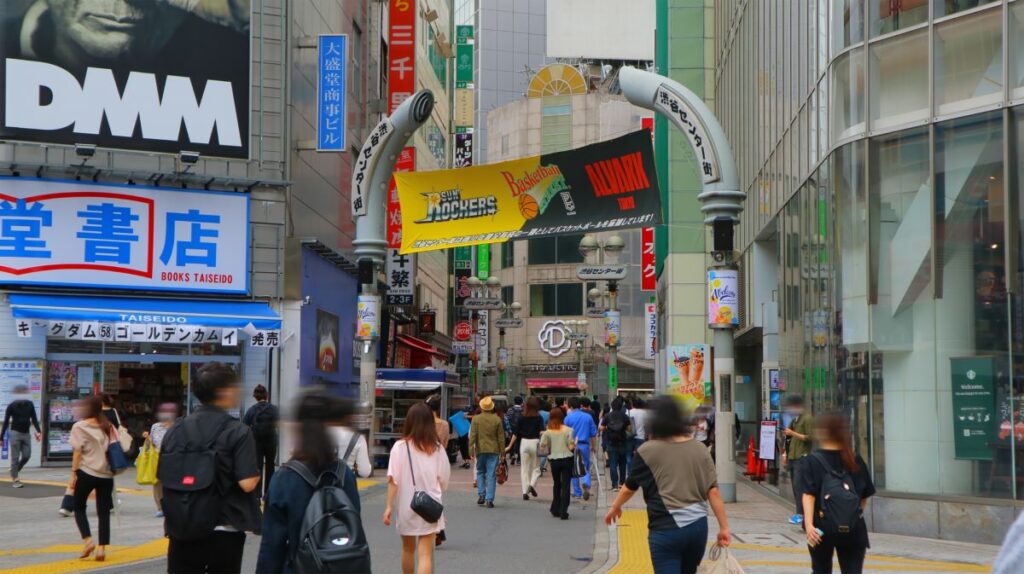
Shibuya Center Gai is a lively shopping and entertainment area in Tokyo, Japan. It’s known for its bright lights and buzzing atmosphere full of shops, arcades, bars & restaurants.
A unique feature here is the giant LED screens that stand on either side of Shibuya Crossing where thousands cross each day. An interesting fact about this district is that it has been featured extensively in anime films like ‘Your Name’.
Nonbei Yokocho
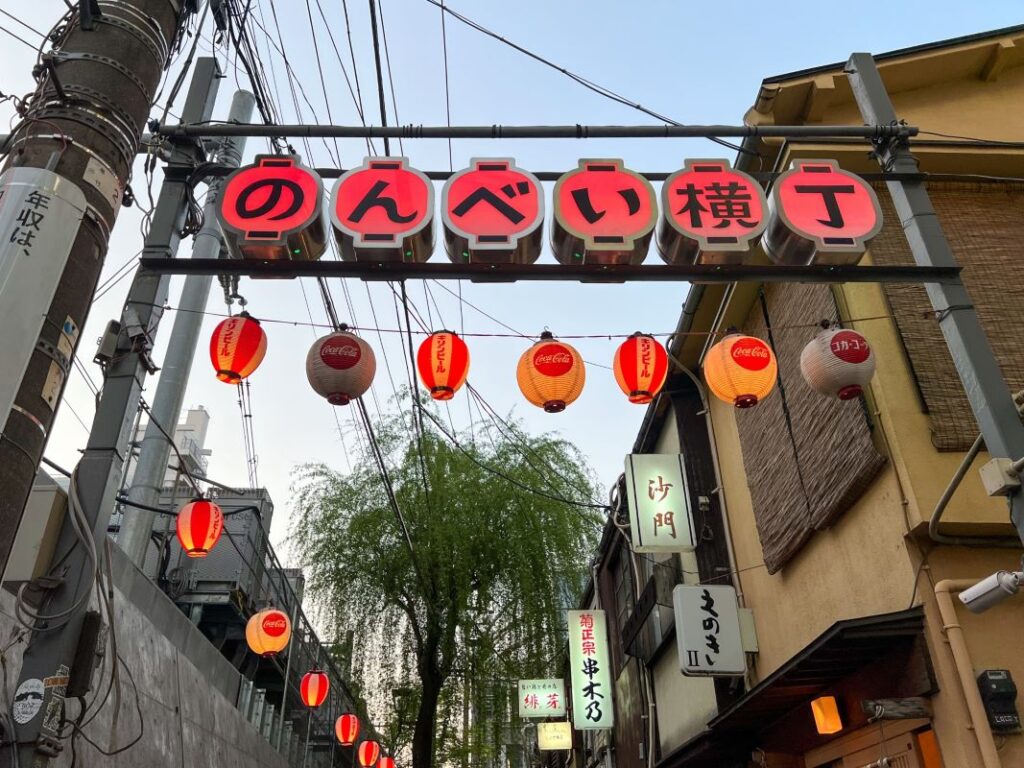
Shibuya Nonbei Yokocho is a lively restaurant alley in the heart of Tokyo. This bustling area features open-air bars and yakitori stalls, making it one of the most fun places for locals to hang out at night. Whether you’re looking for craft beer or delicious soul food, this spot has something to satisfy everyone’s tastes.
Plus, thanks to its distinct vintage atmosphere – complete with old wooden storefronts – guests can feel like they’ve taken a step back through time while exploring all that Shibuya has to offer. Prices are also very affordable here; you won’t have difficulty finding meals starting from just 500 yen.
So why not make your next trip an unforgettable experience by visiting Shibuya Nonbei Yokocho?
Former Asakura Residence (Important Cultural Property)
The former Asakura Residence was built in 1919. It is a two-story Japanese-style wooden house with the aroma of Taisho Romanticism. The main house is centered on the Omoya, and there are storehouses, a garden gate, and annex rooms.
The stone millstone used to mill rice using a waterwheel still remains as it was in those days. It was designated as an important cultural property in 2004.
29-20 Sarugaku-cho, Shibuya-ku, Tokyo
Shoto Museum of Art
Shoto Museum of Art is located in a quiet residential area away from the hustle and bustle of Shibuya. The building has two floors above ground and two floors below ground, with the exhibition rooms on the ground floor.
There are no permanent exhibits, but you can view special exhibitions and publicly-commissioned works by Shibuya Ward. Art classes for beginners are held by professional instructors.
2-14-14, Shoto 2-chome, Shibuya-ku, Shibuya-ku, Tokyo
Spainzaka Slope
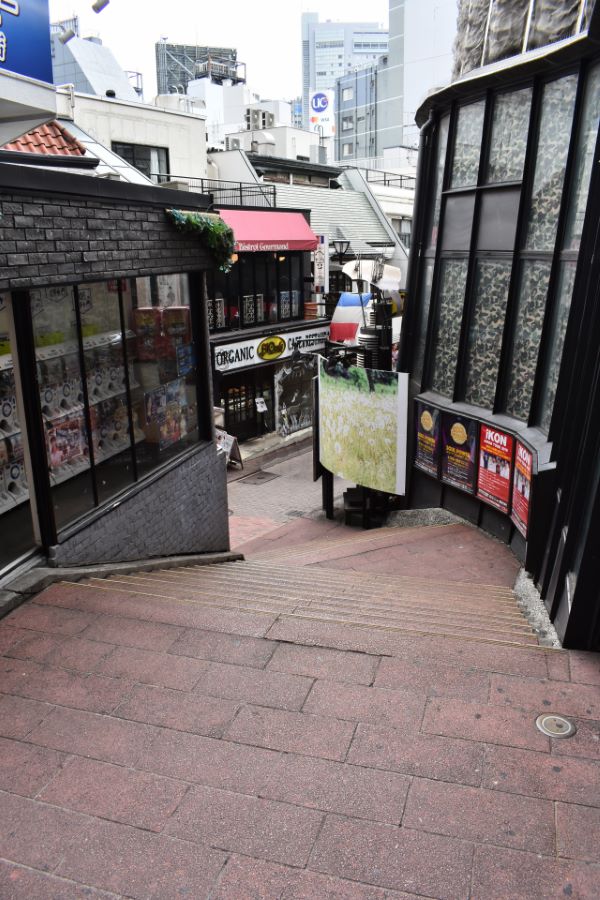
Spainzaka Slope in Shibuya, Japan is a bustling area known for its unique mix of Spanish and Japanese culture.
The name “Spain-zaka” comes from the two large branches on either side of the slope that resemble a traditional fan called “Sen’yo”, which means ‘a thousand leaves.
This popular shopping street located between Jingumae and Meiji Street has plenty to offer travelers visiting Tokyo, with over 60 fashion boutiques offering trendy clothing as well as specialty stores selling jewelry, handbags, and restaurants serving up delicious tapas dishes inspired by Spanish cuisine.
Along this charming old road, you can also find vintage cafes where locals hang out enjoying churros or some calimochos – refreshing white sangria mixed with cola.
Take your time wandering around Spain-Zaka Slope; it’s sure to be an unforgettable experience full of excitement ideal for any traveler.
Bunkamura
Bunkamura in Shibuya is a large entertainment complex featuring cinemas and the famous Orchard Hall – Japan’s first classical music hall – as well as dozens of restaurants, shopping outlets, and more.
The area also hosts various performing arts events such as musical theatre productions, ballet shows and international fashion displays throughout the year to keep locals entertained. With its stunning modern architecture blended with old-time aesthetics, it truly is an experience not to be missed in Tokyo.
Yoyogi Park
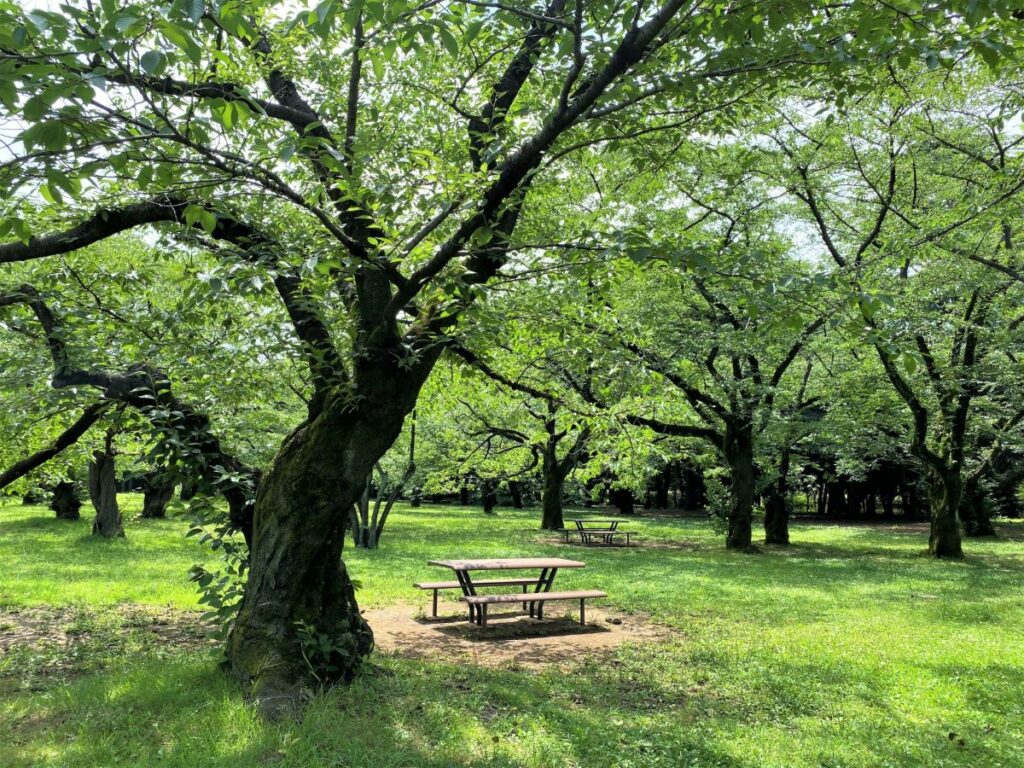
Yoyogi Park is a 132-acre park in Tokyo. It’s an ideal place to relax and revitalize after exploring the nearby touristic areas of Shibuya and Harajuku. There are picturesque pathways throughout
Yoyogi Park lined with cherry trees that bloom during springtime creating beautiful hues of pink across its landscape. Nature lovers can enjoy watching birds fly around the lake or observing jogging grey herons on their morning strolls along its edge.
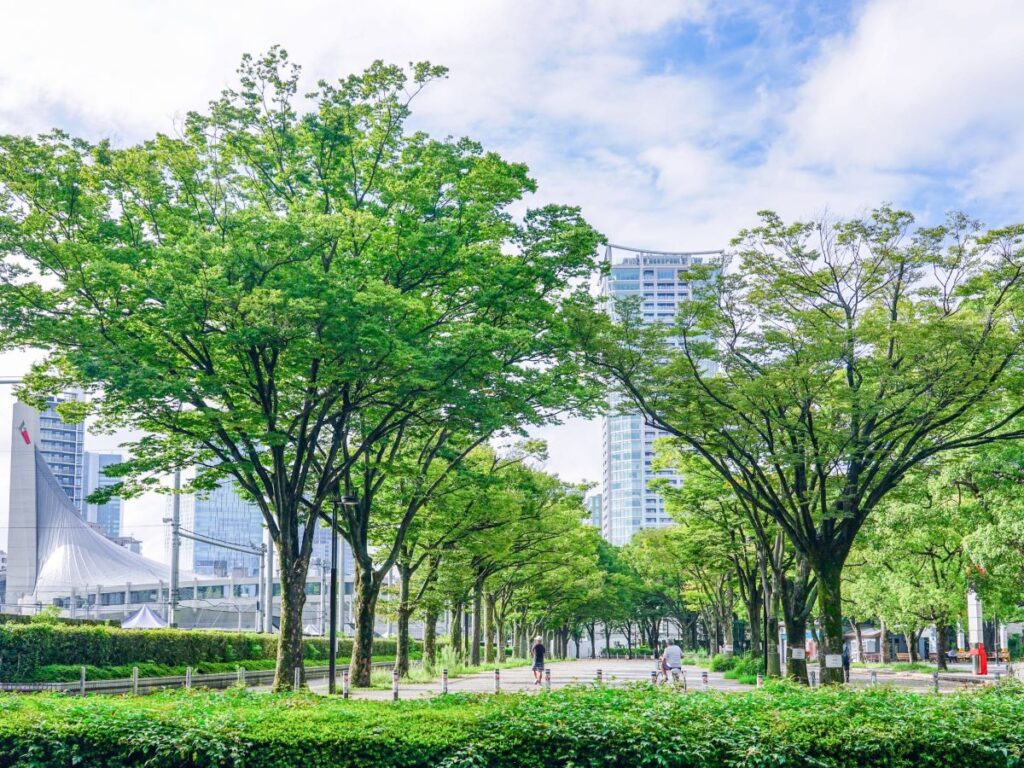
During summer months families come out for barbeques while music bands perform live outdoors making use of this green area as a stage.
As if it wasn’t enough walking through nature surrounded by tranquil sounds – visitors will often find spontaneous sports activities such as beach volleyball games multiplying fun all day long.
Yoyogi Hachimangu
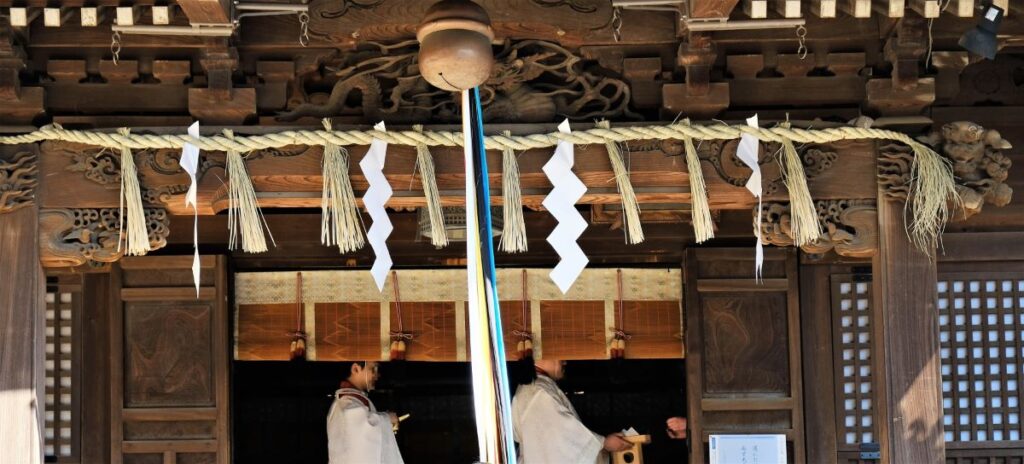
Yoyogi Hachimangu is a historical, Shinto shrine located in Tokyo. It was established in the year 1659 and its architecture showcases traditional, Japanese beauty.
Its name literally translates to ‘the temple of eight gods’ due to some legends surrounding its previous owners. Every once-in-a-while Yoyogi hosts famous festivals like Tanabata or Setsubun where visitors can be part of fun activities such as fortune telling or mochi pounding.
One must definitely watch out for these special occasions at this vibrant site full of artistry and culture.
Yoyogi Pony Park
At Yoyogi Pony Park, you can enjoy the experience of interacting with cute ponies. You can ride a pony, brush it and feed it carrots. Carrots are not provided in the park, so you need to prepare them in advance. If you cut the carrots into long and thin strips, it will be easier for the ponies to eat them.
Location: 4-1 Yoyogi-Kamizonocho, Shibuya-ku, Tokyo
Harajuku
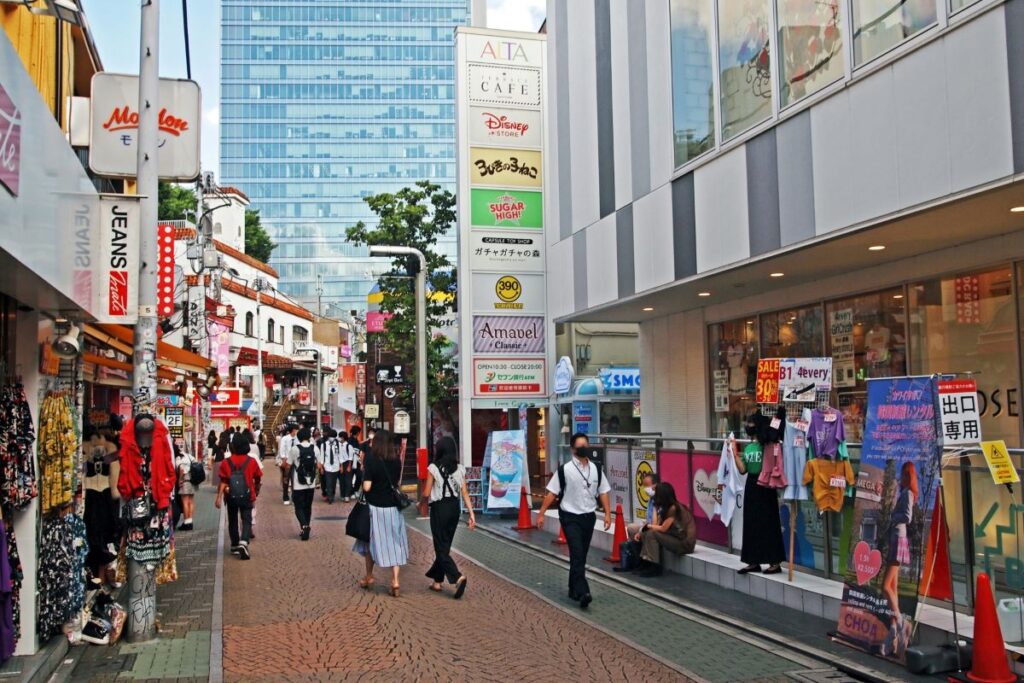
Harajuku is a vibrant and colorful district in Tokyo, Japan that invites people to explore its unique culture. It’s known for its street fashion which seamlessly blends Japanese styles with Western trends.
Harajuku even has an entire “cat street” dedicated to the kawaii (cuteness) craze of young adults in Japan. Visitors also get to experience traditional music at temples like Meiji Shrine as well as delicious food such as crepes from one of many local cafés sprinkled throughout the area.
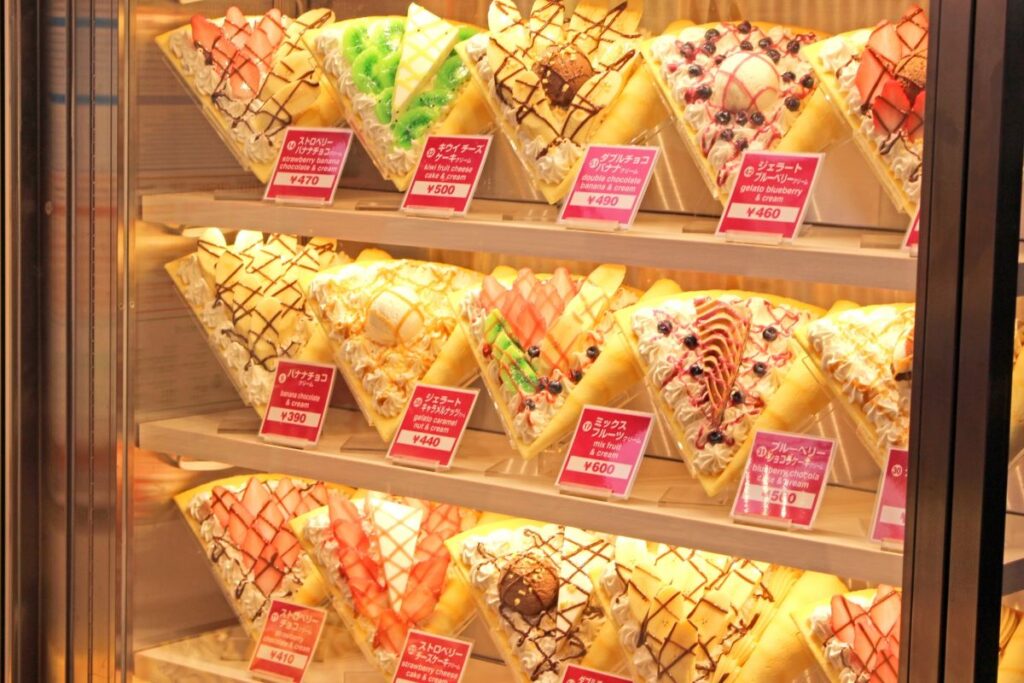
Explore Harajuku today and create unforgettable memories surrounded by this eclectic mix of cultures.
Takeshita Street
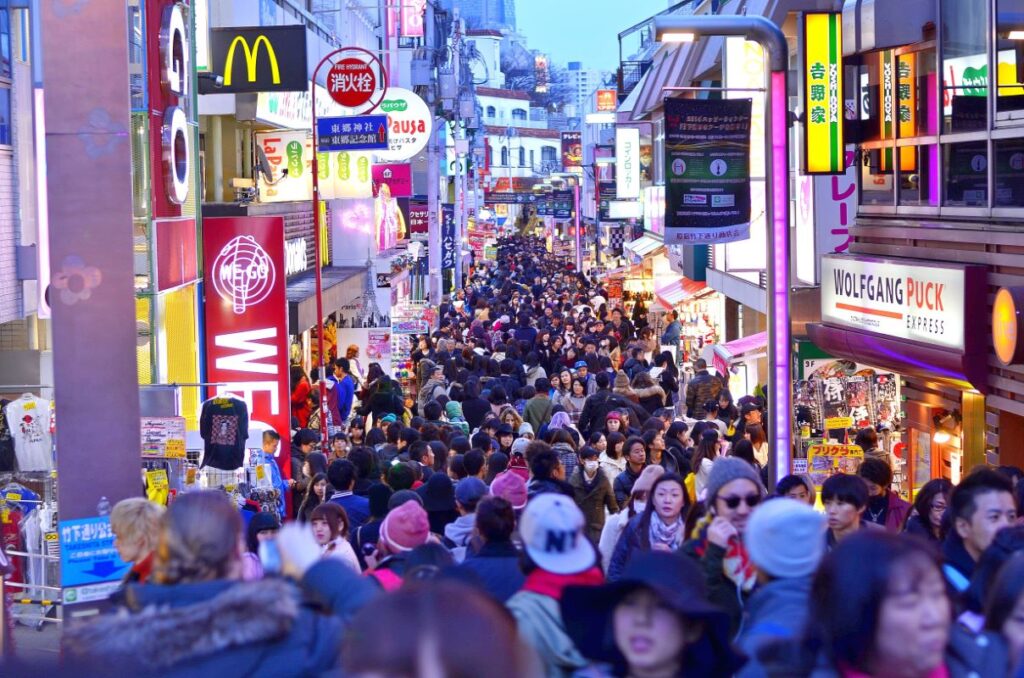
Takeshita Street is a shopping street in Harajuku, Tokyo renowned for its colorful youth culture and iconic fashion.
It’s known locally as “the center of Japanese pop culture”, where locals come to explore the latest trends found amongst hundreds of shops lining both sides of the narrow alley.
On weekends it becomes one big lively party with shoppers strutting around displaying their unique style – often dressed head-to-toe in bright colors or cosplay outfits.
Its most famous stores include kawaii superstore Kiddy Land, specializing in cute character merchandise; Spinns clothing boutique featuring eccentric punk pieces; Rainbowshop serving up rainbow ice cream cones; plus dozens more makeup stores and crepe stands scattered throughout
Takeshita Street itself… making this an attractive destination spot that remains popular among young people all year round.
Cat Street
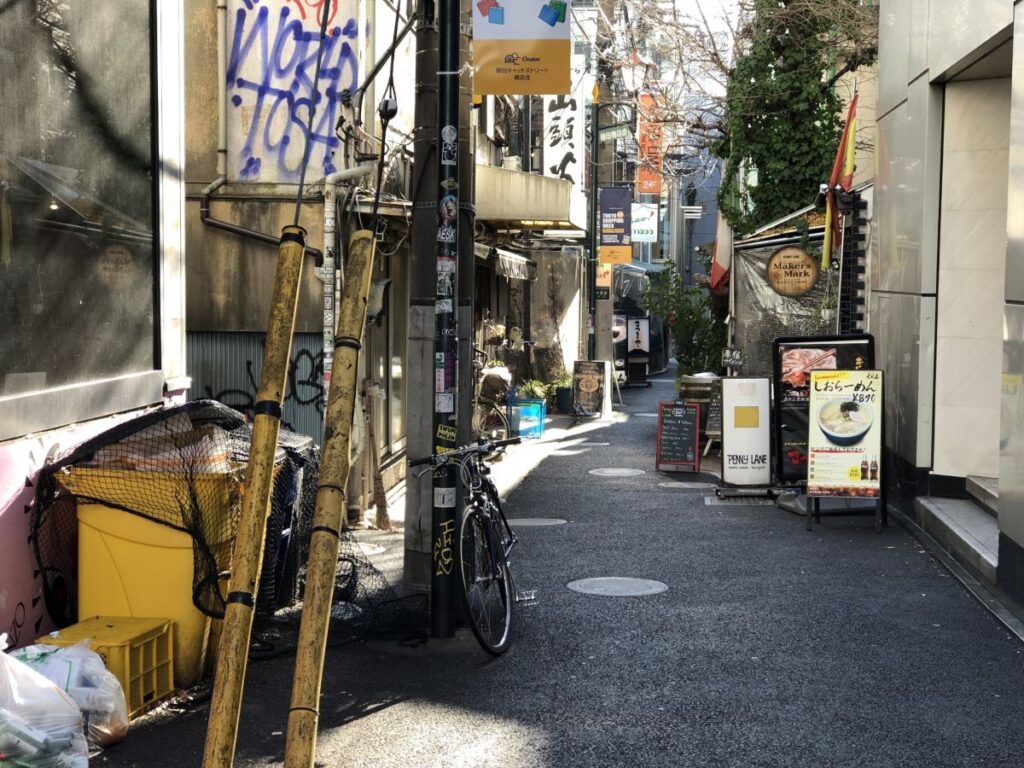
Cat Street in Harajuku is a famous tourist destination located near the station at the intersection of Takeshita and Meiji streets.
This area is referred to as Ura-Hara (backstreets) because it houses a variety of small shops, boutiques, and restaurants that are both affordable and eclectic.
It’s known for its bright neon lights, colorful street art, and vintage clothing stores with second-hand treasures hidden away inside them – making Cat Street one of Tokyo’s most vibrant spots free from corporate chains found elsewhere around Tokyo.
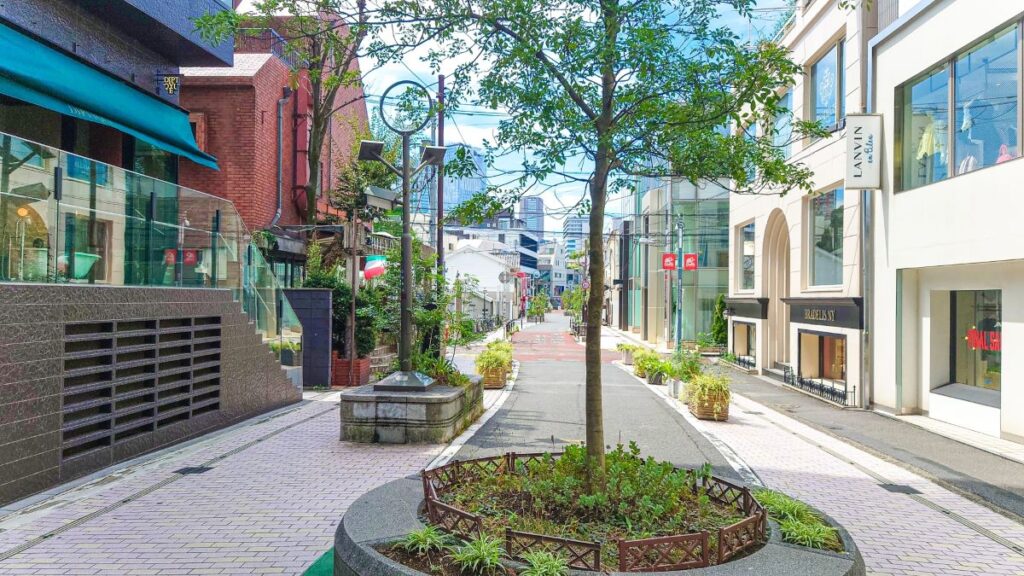
The unique atmosphere is further brought alive by people dressed up in costumes or outrageous fashion styles like Lolita Fashion – perfect for those looking to make their Instagram look fantastic.
Omotesando
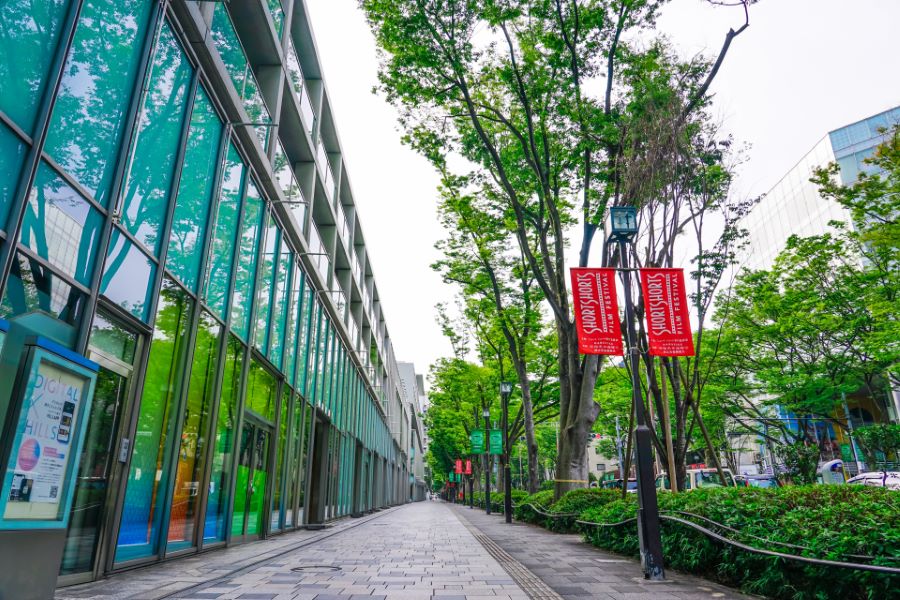
Omotesando is a famous shopping street in Tokyo, Japan. It’s like the Champs-Élysées of Paris or Oxford Street of London. It has many stylish boutiques, cafés, and restaurants – popular with fashionistas from all over the world.
As you stroll down Omotesando Avenue you’ll see designer shops such as Dolce & Gabbana, Prada, Louis Vuitton, and Hermès alongside trendy Japanese stores Uniqlo to Café Kitsune that are no less beautiful.
There’s something for all at this luxurious shopaholic paradise including art galleries, cozy bookstores, and stylish streetscapes.
Whether it’s indulging in exquisite desserts at Dalloyau Patisserie or sipping tea overlooking cherry blossoms at Toraya Cafe -you won’t help but fall in love with the ingenious craftsmanship behind every unique item here that makes up its unmistakable atmosphere.
Cosmo Planetarium Shibuya
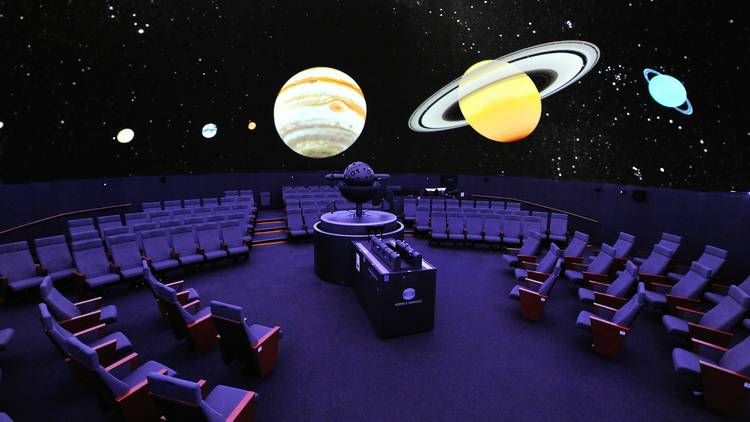
Cosmo Planetarium Shibuya is a unique destination for aspiring stargazers. It offers viewers up to 60,000 stars in its dome-shaped projection room – one of the largest digital planetariums ever built.
Alongside amazing visuals and surround sound systems, visitors can explore special topics such as dark energy or discover images from space probe missions including Rosetta and Voyager.
With incredible 3D simulations of cosmic phenomena plus stunning still photographs and moving image documentaries, there’s plenty to keep guests entertained under the digitally projected night sky.
D47 SHOKUDO
D47 SHOKUDO Shibuya has been the go-to spot for great food, drinks, and conversation in Tokyo. Located close to the bustling Shibuya Scramble Crossing intersection, this restaurant offers a wide selection of Japanese cuisines like ramen noodles and donburi (rice bowls). They also serve delicious side dishes such as agedashi tofu and crunchy tempura shrimp that hit all your taste buds.
For those with bigger appetites, there’s an array of filling entrees from udon noodle stir fry served with egg added to yakisoba pan-fried only using selected ingredients or shabu shabu made with locally raised beef at reasonable prices.
For refreshments, they offer highly recommended freshly brewed beer plus sake straight outta Niigata Prefecture. To top it off try their delectable desserts which include omelet samurai rice cake topped with sweet adzuki beans glaceé yogurt cream cheese drizzled over mochi covered in lime syrup – delish.
Nezu Museum
The Nezu Museum in Tokyo is an experience like no other. It features a diverse collection of over 7,400 Japanese and East Asian artifacts from various eras — with modern works mixed among the traditional pieces for visitors to explore. Not only does it house beautiful ancient artworks such as calligraphy scrolls and woodblock prints, but also lush gardens featuring ponds filled with colorful koi fish.
But what makes this museum so special is its elegant architecture – designed by architect Kengo Kuma himself. The building has many interesting design elements that enhance the visitor’s enjoyment: low curved ceiling surfaces mimic rippling water; large glass panels allow light to diffuse into all areas; underground tunnels provide unexpected surprises.
Shibuya Station
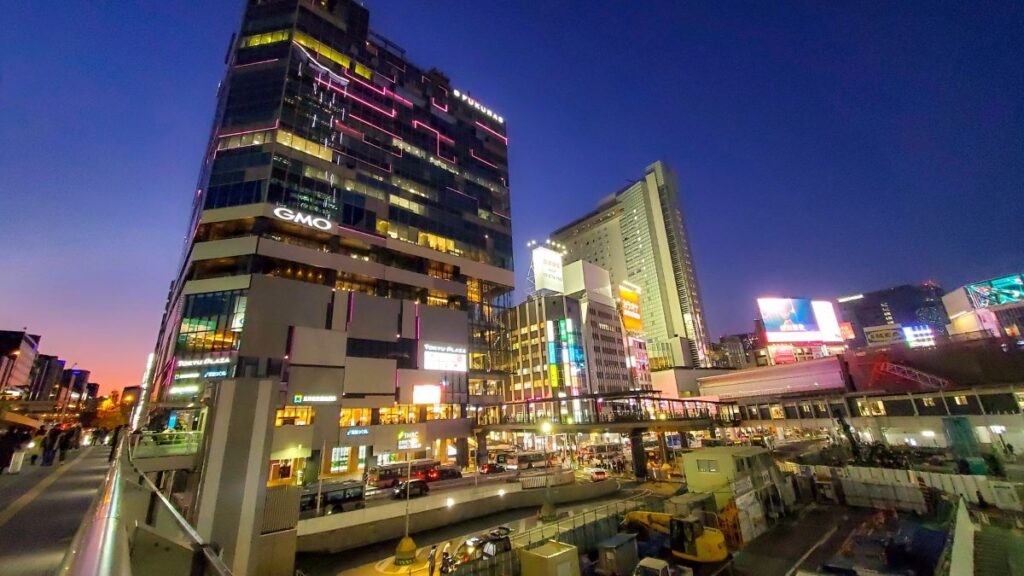
Shibuya Station in Tokyo is the undisputed crossroads of Japan. It’s a major interchange station served by multiple train lines including JR East, Tokyu Corporation, Keio corporation, and two subway lines; serving 2.4 million passengers per day – one of the busiest stations in worldwide rankings.
The bustling life around Shibuya offers an amazing variety of shopping experiences from cheap to expensive fashion stores with relentless crowds rushing up its famous scramble intersection.
Notable landmarks like Hachiko Statue make this place even more special for travelers coming from all over the world that can easily recognize scenes seen in movies or video games such as Yamanote Line’s mini-arcade game Densha de Go.
Enjoy Shibuya
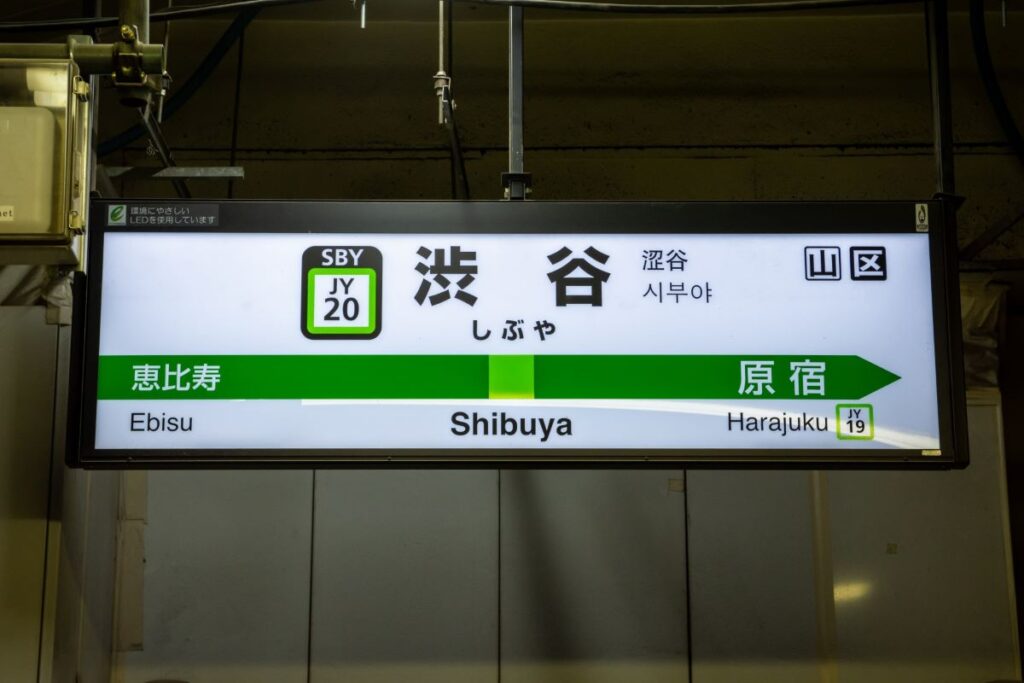
Shibuya Tokyo is one of the most popular and lively districts in Japan. It’s an area filled with bright neon lights, shopping centers, café-lined streets, and iconic landmarks that attract travelers from all around the world.
Some must-see attractions include Shibuya Crossing – a chaotic street crossing where hundreds of people cross at once; Hachiko Statue – honoring the loyal dog who waited for his owner every day outside this station until his death.
Center Gai – a bustling pedestrian street lined up with stores offering latest fashion trends to souvenirs; Cat Street – a trendy narrow lane packed with vintage clothes shops & art galleries, fashionable boutiques & indie restaurants plus more traditional establishments like shrines or temples along its pocket parks.
For those looking to experience unique events in Shibuya, there are plenty such as the renowned Halloween parade through its center or the fireworks festival at Yoyogi Park!





